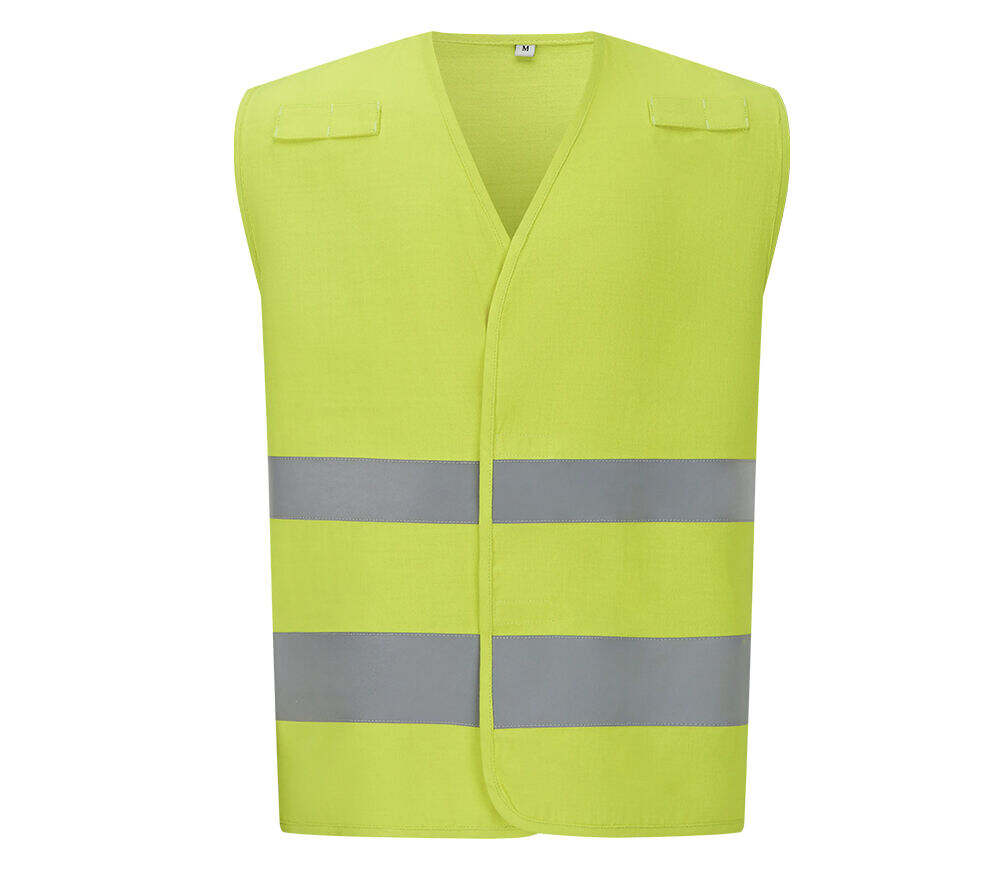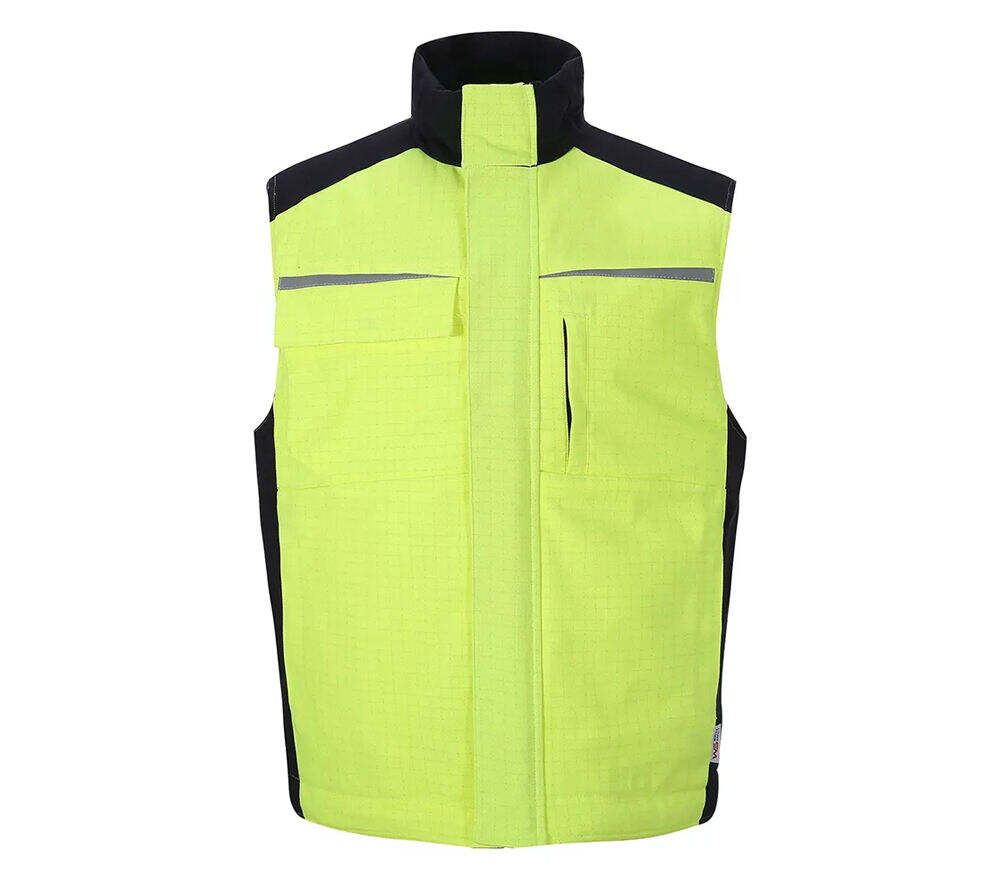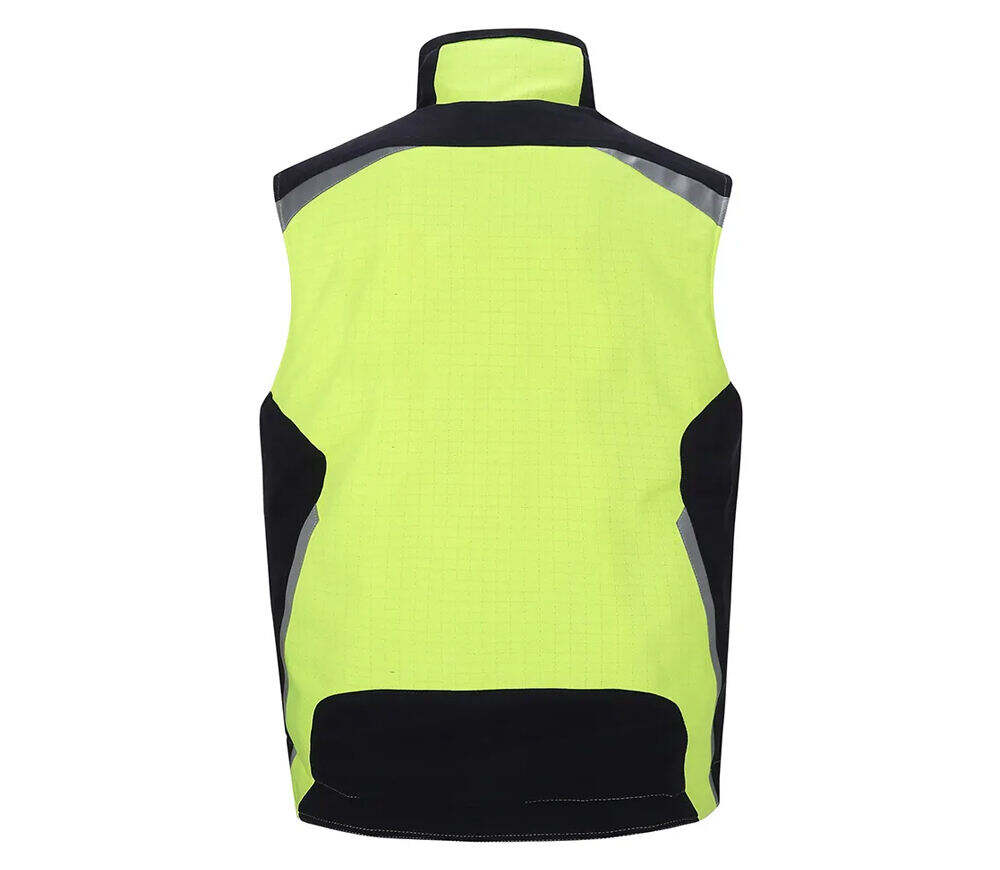The field of protective clothing for workers is constantly evolving, driven by advancements in technology, changes in industry regulations, and the need to better protect workers from a wide range of hazards. Here are some of the current trends in protective clothing for workers:
One of the significant trends is the development of smart protective clothing. These garments are equipped with sensors and technology that can monitor the wearer's vital signs, detect hazardous conditions, and provide real - time alerts. For example, some smart protective clothing can monitor the worker's body temperature, heart rate, and exposure to harmful substances. If any abnormal readings are detected, the clothing can send an alert to the worker or a supervisor, allowing for prompt action to be taken. Smart protective clothing can also be integrated with communication systems, enabling workers to communicate with each other and with a central control room more easily.
Another trend is the increasing focus on sustainability and eco - friendliness in protective clothing. Manufacturers are looking for ways to reduce the environmental impact of their products by using sustainable materials, such as organic cotton, recycled polyester, and biodegradable fabrics. They are also adopting more environmentally friendly production processes, such as reducing water and energy consumption and minimizing waste. Eco - friendly protective clothing not only helps to protect the environment but also meets the growing demand from consumers and businesses for sustainable products.
Improved comfort and fit are also important trends in protective clothing. Workers need to be able to move freely and comfortably while wearing protective clothing, especially during long work shifts. Manufacturers are designing protective clothing with ergonomic features, such as adjustable straps, ventilation systems, and moisture - wicking materials. These features help to improve the wearer's comfort and reduce fatigue, allowing them to perform their tasks more efficiently. Additionally, protective clothing is being designed to fit a wider range of body types, ensuring that all workers can find a comfortable and well - fitting garment.
The use of advanced materials is another trend in protective clothing. New materials are being developed that offer better protection against a variety of hazards, including fire, chemicals, cuts, and abrasions. For example, there are fire - resistant fabrics that can withstand higher temperatures and provide better thermal insulation. Chemical - resistant materials are being developed to protect workers from exposure to toxic substances. Cut - resistant materials are also becoming more advanced, offering higher levels of protection while still allowing for good dexterity.
Customization is also a growing trend in protective clothing. Businesses are increasingly looking for protective clothing that can be customized to meet their specific needs and requirements. This may include adding company logos, branding elements, or specific safety features. Custom protective clothing can help to enhance the company's image and improve worker morale, while also ensuring that the clothing meets the unique safety needs of the workplace.
In conclusion, the trends in protective clothing for workers are focused on improving safety, comfort, sustainability, and customization. As technology continues to advance and industry regulations evolve, we can expect to see even more innovative and effective protective clothing solutions in the future.


